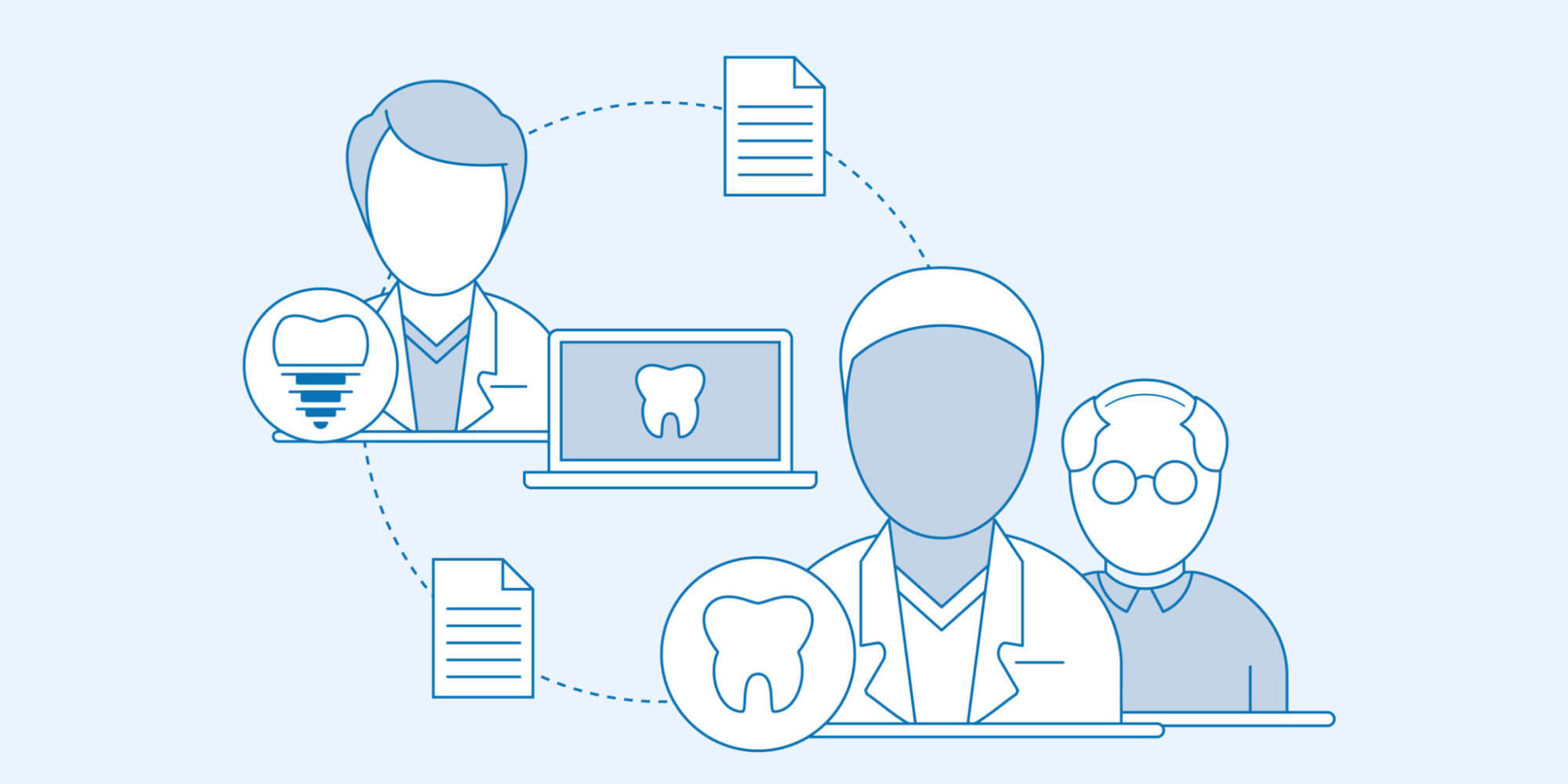
Have you ever thought about the opportunities teledentistry could provide when it comes to integrated care? We know teledentistry provides efficiency when it comes to the private and public sector of dentistry. It has been proven again and again, but what about integrated care? Healthcare providers recognize the correlation between oral and systemic health and the importance of integrating the two.
In pediatrics, children are more likely to attend their well child visits with their pediatrician than they are to receive regular preventive dental care from their dental team in the dental office setting. There are models across the United States that have taken this idea of integrated care and teledentistry to increase access to care, and no one model looks exactly the same.
Dental Providers in a Medical Practice
Envision the medical and dental integration where a hygienist located in the pediatric medical office using portable dental equipment, an intraoral camera to capture images and providing basic preventative services and screenings. The hygienist captures data, images and documents areas of concern via teledentistry software to the dentist where a diagnosis and treatment plan can be formulated. This allows for a one-stop shop for the family to combine the child’s well child medical visit with their dental visit. This is a great benefit for both working families and families with transportation challenges.
Medical Professionals Role in Oral Care
Another way integrated care is successful is the training of medical professionals. The nurse or doctors are trained to use the intra-oral camera to capture the dentition at the well child visit. If a hygienist cannot be embedded in the setting, we can utilize the medical professionals to capture our data and forward it onto a dental “home” to ensure that child receives necessary dental care.
The medical and dental roles are combining forces for emergency care. Did you know every 14 seconds someone in the U.S. visits an emergency department for dental concerns? Many times they are prescribed pain medications and told to visit a dentist, in other cases the ED can connect with a dentist to provide the evaluation and streamline diagnosis and care through teledentistry. Closing the loop of care can help ensure patient needs are met and reduce the cost burden on society, all while bringing those patients into your practice for care.
The collaboration and cooperation between medical and dental providers is steadily growing, ensuring increased access and best care practices. Patients and providers realize the benefits that technology creates.
About the Author
Brooke Crouch, RDH, is a remote supervision dental hygienist with more than a decade of clinical experience in private practice, a state agency, and a federally qualified health center (FQHC). Crouch is an adjunct instructor and mobile dentistry consultant. She is vice president of the American Mobile & Teledentistry Alliance and she serves on several clinical advisory, oral health action, and community-based boards and committees throughout Virginia. Contact her at brookecrouchdentalconsulting@gmail.com or on her various social media at @brookecrouchrdh.
